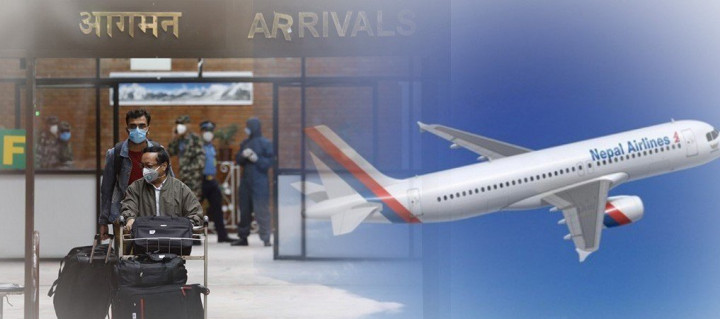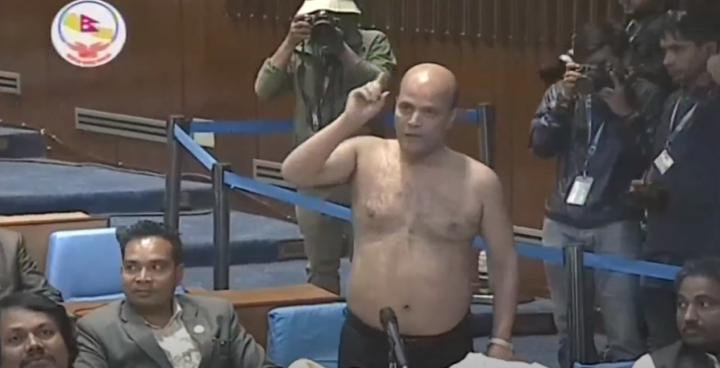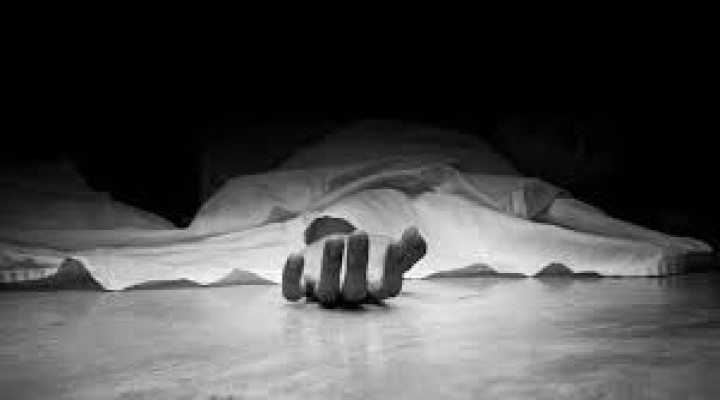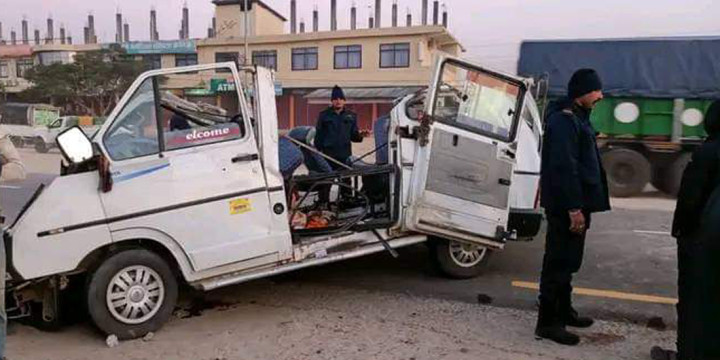Tarique Anwar Khan
Cholecystectomy is the surgical removal of the gallbladder, a pear-shaped organ just below the liver. The prime function of the gallbladder is the storage and concentration of bile juice secreted by the liver. Bile is an essential fluid required in the digestion and absorption of fats. As compared to carbohydrates and proteins, fluid is non-soluble in water thus making its absorption much more difficult. Bile helps in absorbing the fats in the intestine, bile has bile salts, lecithin, and emulsifiers, that holds onto fats and water simultaneously. The surface area of fats is increased by 1000x by emulsification facilitating the digestive enzymes to act on fat molecules. After the breakdown of fat in triglycerides and diglycerides, bile envelops the fatty acids and forms micelles facilitating its absorption through microvilli of small intestines. Thus, bile plays a very important role in the digestion and absorption of fats.
Gallbladders can be affected in numerous ways such as through gallstones and inflammation. Even though gallstones are much more in developed countries and the western population but its prevalence in South Asian countries cannot be neglected. More than a million cholecystectomies are done annually. People who have their gallbladder surgically removed, usually, do not have any complications and carry on their normal lifestyles without any difficulty. Those patients who underwent laparoscopic surgery can leave the hospital on the same day or the next morning. And return to normal life activities within the next 2 weeks. On the contrary, those patients who underwent open surgery might have a longer hospital stay. And return to normal life activities within 6 to 8 weeks.
As mentioned earlier, the gallbladder stores and concentrates bile, which plays a very crucial part in the digestion and absorption of fats. Although the liver still produces bile it is not as concentrated as it gets in the gallbladder, the fluid gets 3-10-fold concentrated in the gallbladder. Therefore, those patients who had their gallbladder surgically removed might face some problems with fat digestion. It may manifest as loose stools or diarrhea, bloating, cramping, and excess gas in response to certain foods. Not all patients who underwent surgery might face it.
The first few weeks following the surgery are difficult to cope with. Gradually, the body adjusts to fat processing. In the first few weeks following the surgery, patients should try to avoid high-fat meals such as vegetable oils, ghee/butter, milk and dairy products, avocados, fish, eggs, and fries. Heavily spiced foods should also be avoided. Foods rich in fiber, such as whole-grain bread, nuts and seeds, and vegetables like cabbage, broccoli, and cauliflower, should be avoided in the first few post-surgical weeks to avoid any bloating. After some time, patients can return to normal solid and high-fiber diets, such as oats, and barley, with careful monitoring of fats. The amount of fiber intake should be increased slowly over a period of time as a sudden increase in fiber can make the gas and bloating even worse after the surgery. It is advisable to limit caffeine and sugar intake as it might worsen the diarrhea. It is recommended to keep a high vegetarian diet as dairy and meat are not digested easily with less concentrated bile. Those who don’t want to or cannot cut down the amount of fat intake are recommended to avoid taking large amounts of fat in a single meal rather they should try to divide it into several meals throughout the day.
Please note there is not any specific gallbladder removal diet that should be followed but these are some recommendations that can be used.















